![]()
|
FIASTRA |
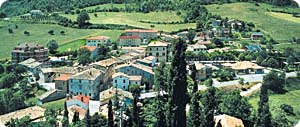 |
![]()
![]()
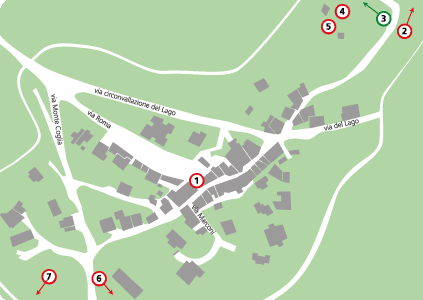 |
   |
![]()
TO VISIT Si parte dalla chiesa di San Rocco (1) nel cui interno si trovano una tela dipinta ad olio, raffigurante St Carlo Borromeo and fine paintings depicting the Madonna of Loreto, St Sebastian and St Rocco. Further on is the abbey of St Paul the Apostle (2) built in Romanesque style in the 11th century. Inside is a painting of the conversion of St Paul, a wooden sculpture of the Madonna with Child, and a Baroque-style crucifix. Next to the church stands the bell tower built in 1914 on the site of its predecessor from 1834. Behind the church you can enjoy panoramic views of the lake of Fiastra (3) .From the church, you can continue to the Monument to the Fallen (4) . From here you can admire the ruins of the ancient Castrum Flastrae (5) where the Mayor resided and where the populations of the valley took refuge during enemy invasions. In the Cupolo locality you will find a typical peasant home (6) and the ruined church of John the Baptist (7) .
![]()






![]()
|
ACQUACANINA |
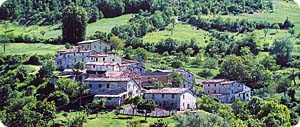 |
![]()
![]()
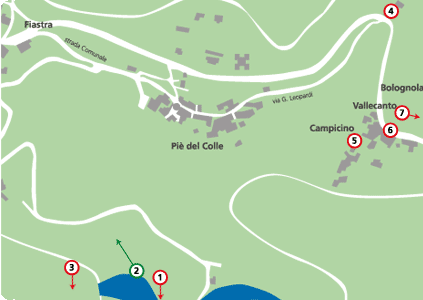 |
 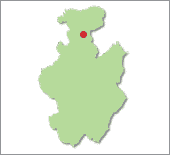  |
![]()
DA VISITARE In the Meriggio locality (1) you can enjoy a fabulous view over the lake of Fiastra (2).with a beautiful Romanesque crypt with three naves housing a 12th century crucifix in the Lazio school as well as numerous frescoes, such as that of St Sebastian attributed to Girolamo di Giovanni, and a small octagonal painting by Maratti. The church of Vallone (4) has seven altars and contains interesting paintings including a 17th century Deposition and a 16th century Madonna with Child. In Campicino, you can see the ruins of the Romanesque chiesa di S. Michele Arcangelo (5) featuring a 15th century dove tower. In Vallecanto, you can visit the perimeter wall of the Da Varano castle (6) with the church of St Margaret (7). inside.
![]()






![]()
Copyright © 2001-2007 Parco Nazionale dei Monti Sibillini
Tutti i diritti riservati - All rigths reserved
Revised -- 01/25/2007
URL: http://www.sibillini.net/en/il_parco/comuni/fiastra.php